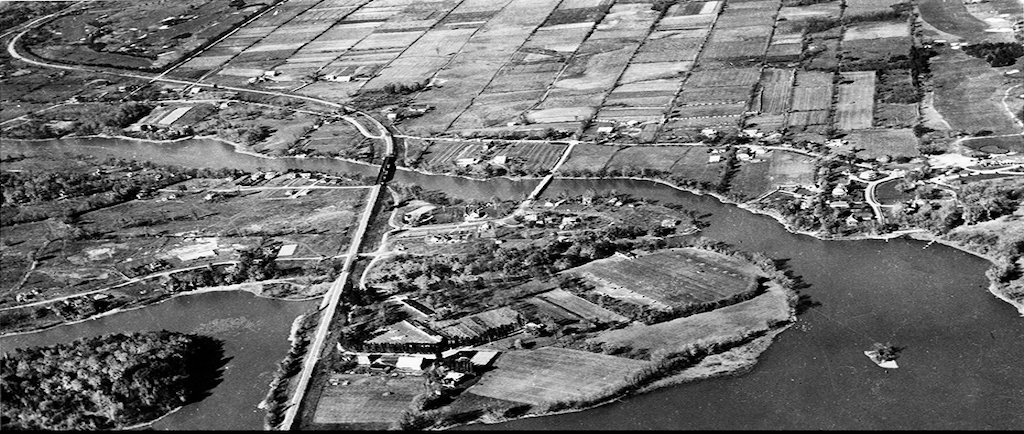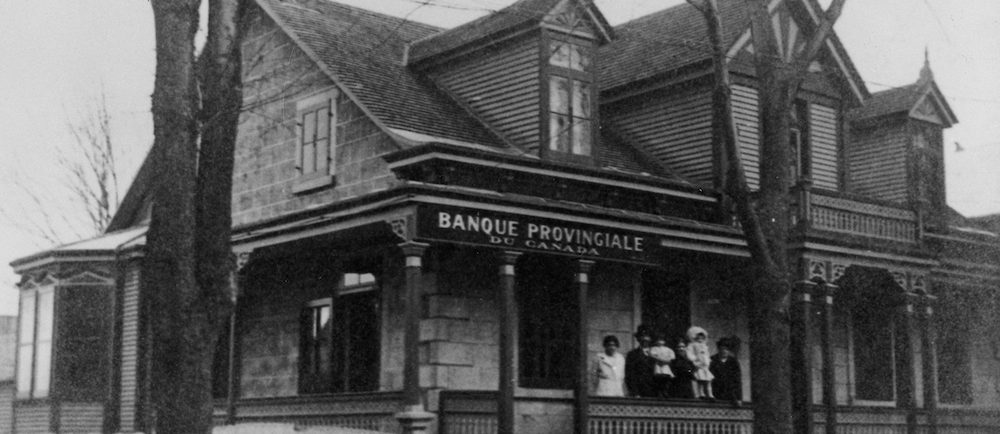Laval, a Region Well Positioned for a Diversified Economy
Some people feel that economic history encompasses all human activities contributing to the production and exchange of goods and services, but it also represents the ties that link individuals to one another within the same society through these activities.
Present on the island for millennia, the First Nations used the waterways around it to build an enormous trade network. Today, the region of Laval lies in this strategic location.
From the beginning of colonization until the early 20th century, economic development was primarily limited to subsistence farming. With mechanization, this sector of the economy began specializing in market gardening, and Laval became “Montreal’s pantry.”
The most radical demographic and economic changes were still to come. Soon it was Laval’s quarries that attracted the interest of the Greater Montreal area as much as its vegetables. And with the development of the suburbs beginning in the late 1940s, Laval had to diversify its economy and offer new services to a booming population while reconciling tradition and corporate innovation.
However, it’s the proximity of the Montreal market that would define the economic directions of the Laval region. The thousands of people who worked in the city had to be fed, entertained and, of course, housed; the people of Laval were able to capitalize on that.
While this virtual exhibition cannot cover everything, it does allow you to explore certain aspects of our region’s economic development.
Start reading the storyAn exhibition by Centre d'archives de Laval



